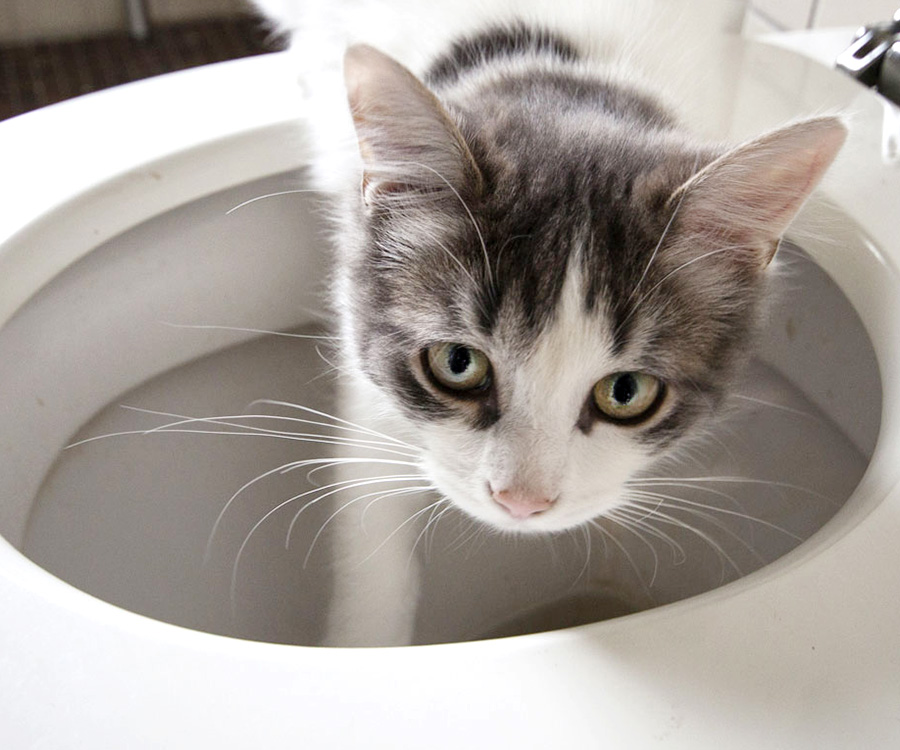Our Consequences of Flushing Animal Waste Down the Toilet
Our Consequences of Flushing Animal Waste Down the Toilet
Blog Article
Just how do you really feel when it comes to 4 Reasons Why Dog Poop Cleanup is Important?

When it concerns disposing of waste, particularly animal waste, lots of people often resort to the hassle-free option of flushing it down the bathroom. Nonetheless, this seemingly easy solution can have serious repercussions for the environment and public health. In this article, we'll discover why flushing animal waste down the commode is a negative idea and offer alternative methods for correct disposal.
Introduction
Proper waste disposal is important for maintaining ecological sustainability and public health. While it may seem safe to purge animal waste down the toilet, it can bring about various problems, both for the environment and human wellness.
Dangers of flushing pet waste
Environmental influence
Purging animal waste introduces damaging microorganisms and pathogens right into rivers, which can negatively influence aquatic ecological communities. These pathogens can pollute water resources and injury aquatic life, interfering with delicate environments.
Public health problems
Animal waste contains harmful bacteria such as E. coli and Salmonella, which can position serious health risks to humans. Flushing pet waste down the bathroom can infect water materials, leading to the spread of diseases and infections.
Alternatives to flushing
Instead of purging pet waste down the bathroom, there are numerous different disposal techniques that are much more environmentally friendly and sanitary.
Composting
Composting animal waste is an eco-friendly means to get rid of it. By composting, organic matter is broken down right into nutrient-rich soil, which can be made use of to fertilize gardens and plants.
Land fill disposal
Disposing of pet waste in a landfill is an additional alternative. While not as environmentally friendly as composting, it is a safer choice to flushing, as it protects against the contamination of water resources.
Pet dog waste disposal systems
There are specific pet garbage disposal systems offered that securely and hygienically throw away animal waste. These systems commonly use enzymes to break down waste and get rid of odors.
Steps to correct pet waste disposal
To ensure proper disposal of animal waste, adhere to these actions:
Scooping and bagging waste
On a regular basis scoop and bag animal waste utilizing biodegradable bags. This prevents waste from polluting the setting.
Making use of marked waste bins
Dispose of bagged pet waste in designated waste bins, such as garden compost containers or garbage dump bins. Avoid flushing it down the commode in any way prices.
Cleaning can and family pet areas on a regular basis
On a regular basis clean can and animal locations to avoid the buildup of waste and microorganisms. Use pet-safe cleaning items to maintain health.
Benefits of proper disposal techniques
Adopting correct disposal methods for pet waste provides numerous benefits:
Lowered environmental pollution
Proper disposal approaches reduce the danger of environmental pollution, protecting waterways and ecosystems from contamination
Lessened threat of water contamination.
By avoiding flushing animal waste down the bathroom, the threat of water contamination is considerably minimized, securing public health.
Boosted sanitation and hygiene
Proper disposal techniques advertise much better cleanliness and hygiene, developing a more secure setting for both humans and animals.
Final thought
To conclude, purging animal waste down the toilet is damaging to the atmosphere and public health. By taking on alternate disposal approaches and adhering to appropriate waste administration practices, we can decrease the unfavorable influence of animal waste and add to a cleaner, healthier earth.
What To Do With Dog Poo – here The Do's And Don'ts Of Disposing Of Faeces
Dog poo bins
Some councils provide dedicated dog waste bins in popular dog-walking areas that can take dog poo that has been bagged but you can legally dispose of dog waste in any public litter bin, as long as it is securely bagged. This also applies to your wheelie bin at home.
Do not flush
Water companies do not recommend flushing dog faeces down the toilet because certain parasites can survive the water processing treatment and are potentially harmful to humans. You should also never consider flushing dog poo that has been bagged down the toilet as the bags will not break down and instead create severe blockages in the sewage system.
In the woods
The Forestry Commission promotes a ‘stick and flick’ method for dealing with waste in the woods. This means finding a stick and using it to flick any poo from off the path so that it is out of the way of other walkers. You could also bury it as long as it is not in an area where there might be livestock.
Livestock
Parasites found in dog poo can be transmitted to livestock if they inadvertently eat infected faeces that has been left on grazing land. This could result in the death of sheep or abortion in cattle so you should always make sure you pick up your dog’s waste in fields where livestock could be present.

On a regular basis clean can and animal locations to avoid the buildup of waste and microorganisms. Use pet-safe cleaning items to maintain health.
Benefits of proper disposal techniques
Adopting correct disposal methods for pet waste provides numerous benefits:
Lowered environmental pollution
Proper disposal approaches reduce the danger of environmental pollution, protecting waterways and ecosystems from contamination
Lessened threat of water contamination.
By avoiding flushing animal waste down the bathroom, the threat of water contamination is considerably minimized, securing public health.
Boosted sanitation and hygiene
Proper disposal techniques advertise much better cleanliness and hygiene, developing a more secure setting for both humans and animals.
Final thought
To conclude, purging animal waste down the toilet is damaging to the atmosphere and public health. By taking on alternate disposal approaches and adhering to appropriate waste administration practices, we can decrease the unfavorable influence of animal waste and add to a cleaner, healthier earth.
What To Do With Dog Poo – here The Do's And Don'ts Of Disposing Of Faeces
Dog poo bins
Some councils provide dedicated dog waste bins in popular dog-walking areas that can take dog poo that has been bagged but you can legally dispose of dog waste in any public litter bin, as long as it is securely bagged. This also applies to your wheelie bin at home.
Do not flush
Water companies do not recommend flushing dog faeces down the toilet because certain parasites can survive the water processing treatment and are potentially harmful to humans. You should also never consider flushing dog poo that has been bagged down the toilet as the bags will not break down and instead create severe blockages in the sewage system.
In the woods
The Forestry Commission promotes a ‘stick and flick’ method for dealing with waste in the woods. This means finding a stick and using it to flick any poo from off the path so that it is out of the way of other walkers. You could also bury it as long as it is not in an area where there might be livestock.
Livestock
Parasites found in dog poo can be transmitted to livestock if they inadvertently eat infected faeces that has been left on grazing land. This could result in the death of sheep or abortion in cattle so you should always make sure you pick up your dog’s waste in fields where livestock could be present.

Do you really like more info about 10 Things You Should Never Flush Down The Toilet? Create feedback down the page. We would be happy to see your views about this blog entry. In hopes that you visit us again later on. Sharing is caring. You just don't know, you may be doing someone a favor. Many thanks for your time invested reading it.
Book An Appointment Report this page